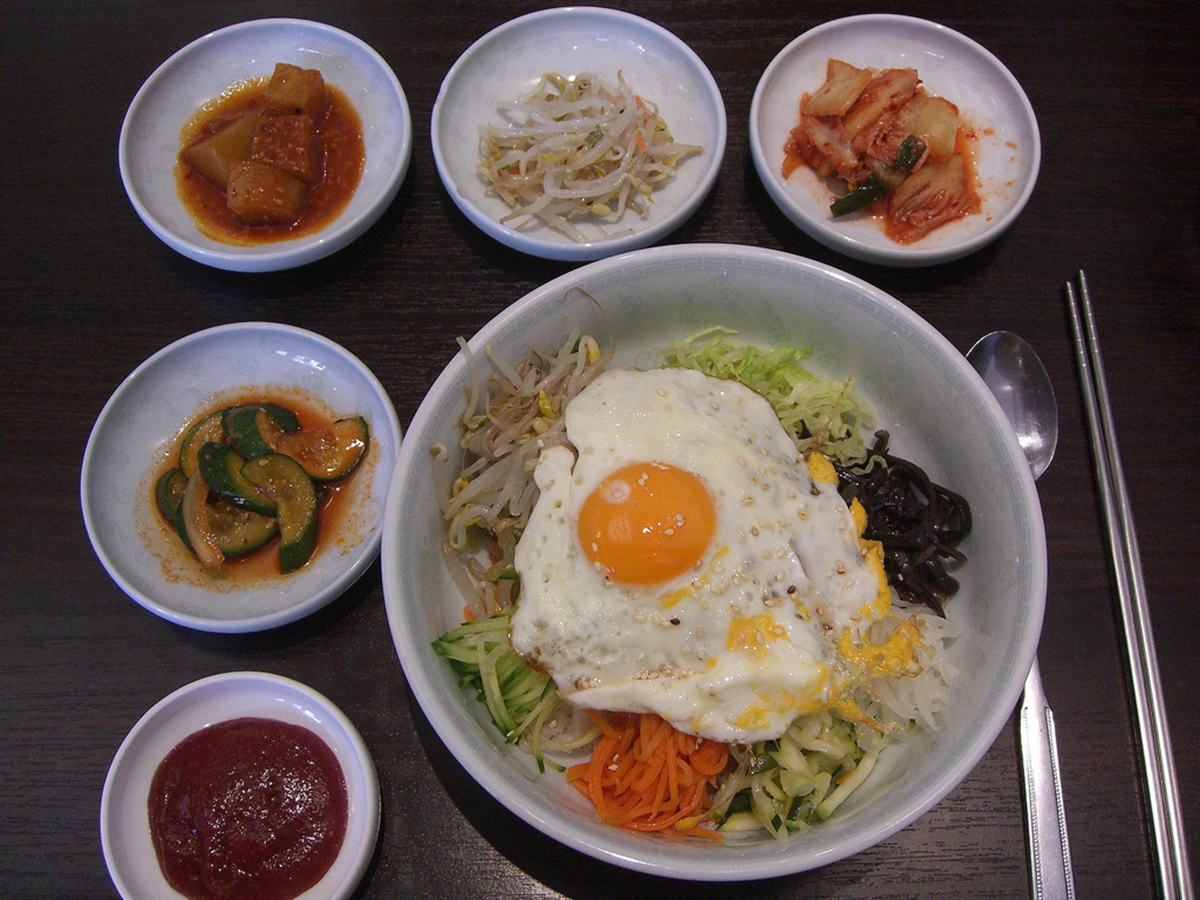Table of Contents
Most non-Koreans have limited success with making their own kimchi (although it's not that hard to learn) and prefer to buy their kimchi at the supermarket or the Korean specialty store. Store-bought kimchi can be just as delicious and nutritious as what most of us would make at home. It can be eaten as a side dish or a salad, but it can also be used creatively to make main courses.

- Make kimchi jigae, also known as kimchi soup. This popular cold-weather dish is a slow simmer of kimchi with pork belly. Slow-cooking kimchi brings out sugars and umami flavors of the fish or shrimp used when it was pickled. This is not a low-calorie dish. The pork belly is cubed and marinated with ginger, garlic, soy sauce, and fish sauce for 10 to 15 minutes, and then sauteed in butter or olive oil for 5 minutes. At this point, chopped onions are added to the pork belly cubes and cooked until they are translucent. The pork and onions are topped with broth and kimchi juice, along with gochujang (a Korean “hot sauce,” available in speciality shops), and gochujaru (chili flakes, also available in specialty shops), and simmered another 10 or 15 minutes. Just before serving, cubed tofu and chopped scallions are added to the soup. This is an interesting soup even if the pork is left out.
- Make a kimchi noodle cake, sometimes referred to as a kimchi pancake. Rehydrate rice noodles in boiling water, and then drain and rinse with cold water. Stir-fry the noodles with sesame oil, sesame seeds, gochujang, and scallions, until the noodles begin to brown and look wavy. Then add beaten eggs and kimchi to make a fritatta, cooking until the eggs are set.
- Use kimchi in salads. This is the best way to use “instant,” home-made kimchi. Chop Napa cabbage, fresh greens into edible chunks, toss with bean sprouts, and set aside. Mix gochujan (the sauce), gochujaru (the red pepper flakes), soy sauce, anchovy or fish sauce, and then add the vegetables, toss, and allow to temper for 5 to 15 minutes. Serve as a salad or even as a vegetarian, low-calorie main course.
See Also: Siberian Ginseng: The Workhorse Herb For Keeping You Healthy
There is one more thing everyone needs to know for success with kimchi. Don't get in a hurry to open the jar. Keep kimchi in the refrigerator in a tightly closed container, and open the jar slowly, allowing gases to escape, in the sink. This will help you avoid making your kimchi meals memorable in more ways than one.
- David Tanis. ‘Instant’ Kimchi With Greens and Bean Sprouts. New York Times. http://cooking.nytimes.com/recipes/1017143-instant-kimchi-with-greens-and-bean-sprouts,. Accessed 17 February 2015.
- Rister, R. Healing without Medication. Basic Health Publications, 2003.
- Photo courtesy of Charles Haynes via Flickr: www.flickr.com/photos/haynes/3535737658
- Photo courtesy of avlxyz via Flickr: www.flickr.com/photos/avlxyz/2753530146


Your thoughts on this